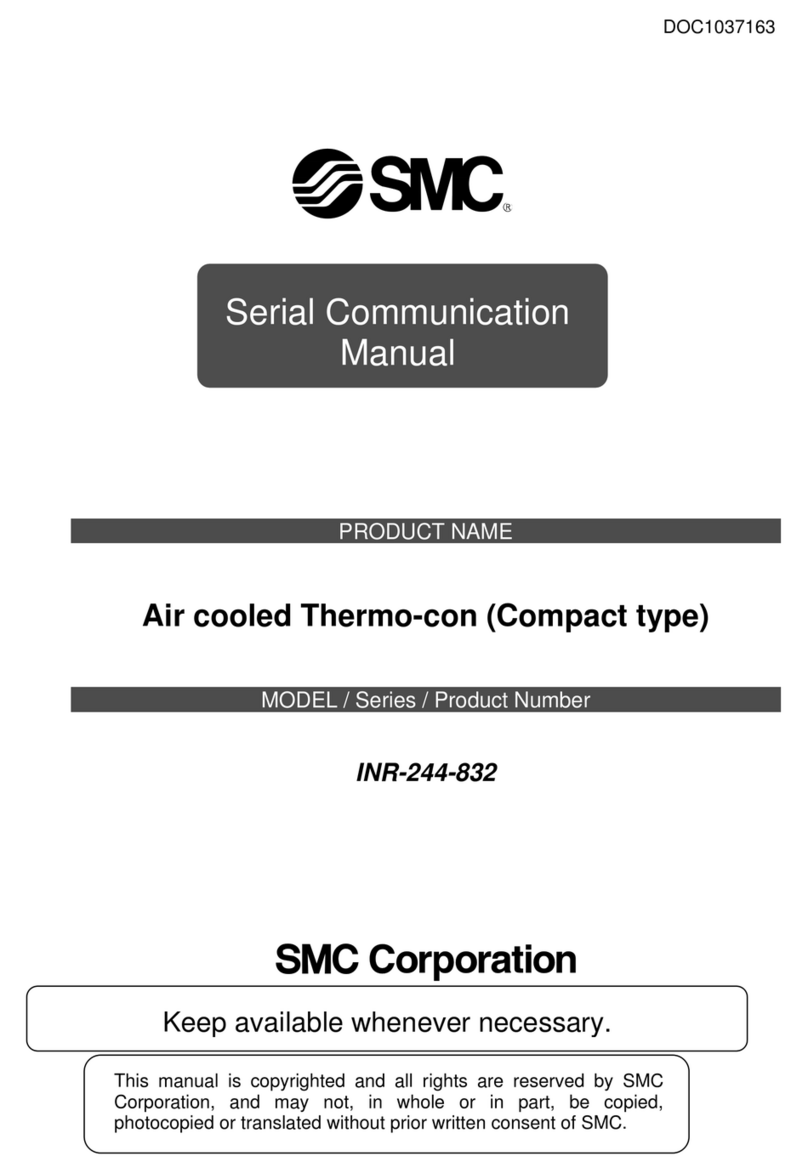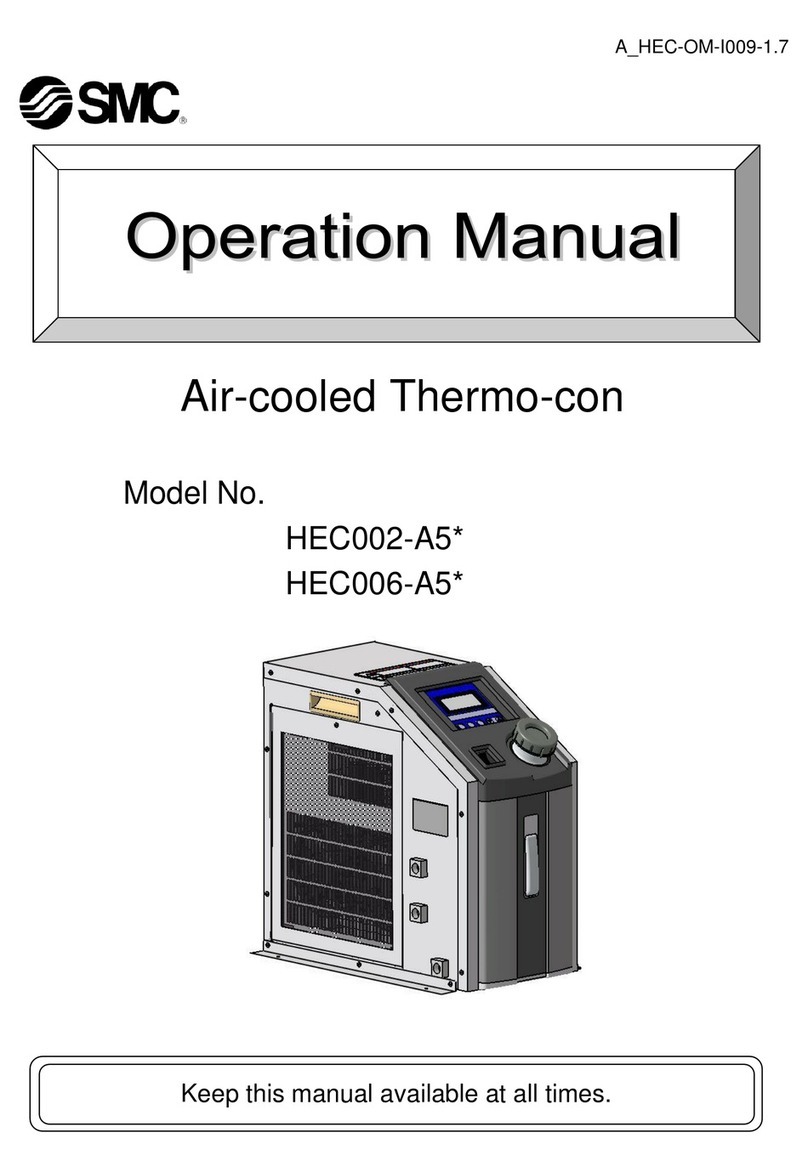DOC1003626
Contents
HRS400-A-46
Contents
Read before using ............................................................1-1
1.1 Operation mode and operation method................................................................. 1-2
1.2 Change of operation mode ..................................................................................... 1-3
1.3 Communication port ............................................................................................... 1-5
1.4 Touch panel flow ..................................................................................................... 1-6
Contact input/output communication / Analog output
communication......................................................................................2-1
2.1 Precautions for communication............................................................................. 2-1
2.1.1 Precautions wiring communication ......................................................................................2-1
2.1.2 Precautions after wiring and before communication............................................................2-2
2.2 Communication specification................................................................................. 2-2
2.3 Contact input signal................................................................................................ 2-5
2.3.1 Setting of contact input signal type and form .......................................................................2-5
2.3.2 Run/stop・Run・Stop・External switch signal.........................................................................2-7
2.3.3 External switch signal...........................................................................................................2-8
2.4 Contact output signal............................................................................................ 2-10
2.4.1 Contact output signal 1 to 3 ...............................................................................................2-10
2.4.2 Contact output signal 4 to 6 ...............................................................................................2-11
2.5 Analog output signal............................................................................................. 2-14
Serial communication ......................................................3-1
3.1 Precautions wiring communication ....................................................................... 3-1
3.2 Connected explanation ........................................................................................... 3-1
3.3 Communication specification................................................................................. 3-2
3.4 Modbus communication function .......................................................................... 3-3
3.5 Precautions for communication............................................................................. 3-4
3.5.1 Precautions after wiring and before communication............................................................3-4
3.5.2 Precautions for communicating............................................................................................3-4
3.6 Setting method ........................................................................................................ 3-5
3.7 Communication sequence...................................................................................... 3-7
3.8Message configuration ........................................................................................... 3-7
3.8.1 Message frame ....................................................................................................................3-7
3.9 Function code.......................................................................................................... 3-9
3.10 Checksum calculation method............................................................................... 3-9
3.10.1 LRC(ASCII) ..........................................................................................................................3-9
3.10.2 CRC(RTU)..........................................................................................................................3-10
3.11 Explanation of function codes ............................................................................. 3-12
3.11.1 Function code: 04 Reading multiple registers ..................................................................3-12
3.11.2 Function code: 06 Writing registers....................................................................................3-13
3.11.3 Function code: 16 Writing multiple registers ......................................................................3-15
3.12 Negative response ................................................................................................ 3-16
3.13 Register map ......................................................................................................... 3-18





























